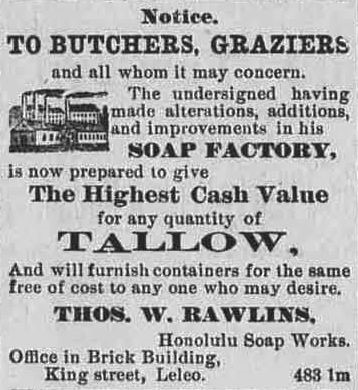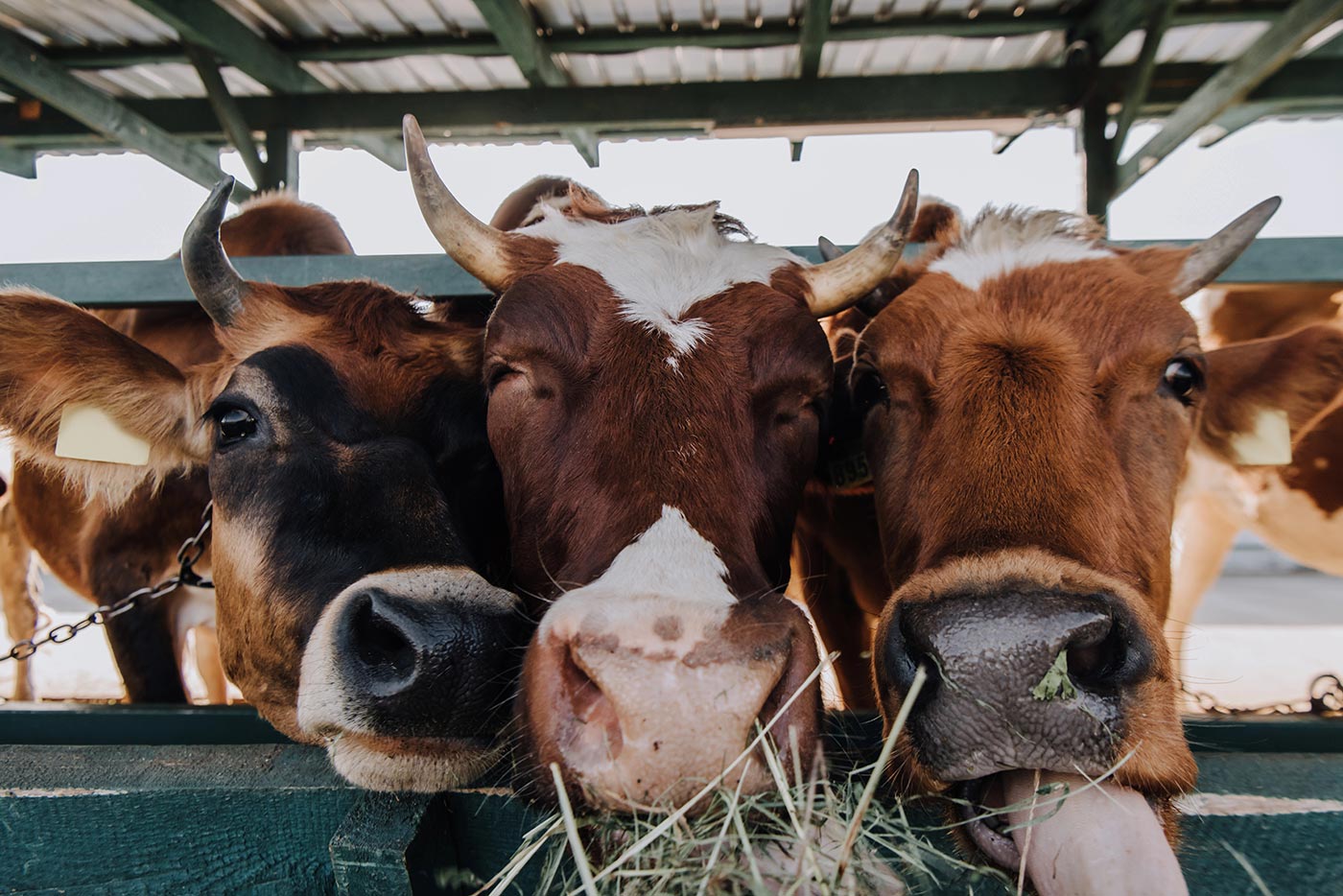If you’ve scrolled through TikTok, Instagram, or X lately, you might’ve stumbled across a peculiar skincare trend: beef tallow. Yes, the rendered fat from cows—once a kitchen staple for frying potatoes—is now being slathered on faces as a “natural” moisturizer. Proponents rave about its simplicity, claiming it’s a return to ancestral wisdom that Big Skincare doesn’t want you to know about. But is beef tallow really the holy grail of hydration, or is it just another overhyped throwback? Let’s dig into its history, its recent rise, and what science says about how it stacks up against today’s moisturizing creams.
A Greasy Blast from the Past
 Beef tallow’s skincare story isn’t new—it’s been around for centuries. Back in the day, when soap was a luxury and processed cosmetics didn’t exist, people turned to what they had on hand. Animal fats like tallow were a go-to for everything from cooking to candle-making, so it’s no surprise they ended up on skin too. In medieval Europe, tallow was mixed with ashes to make rudimentary soap, and in harsher climates, folks smeared it on their hands and faces to protect against wind and cold. Indigenous cultures across the globe also used animal fats—think seal blubber or bear grease—for similar reasons. It was practical, abundant, and did the job when options were slim.
Beef tallow’s skincare story isn’t new—it’s been around for centuries. Back in the day, when soap was a luxury and processed cosmetics didn’t exist, people turned to what they had on hand. Animal fats like tallow were a go-to for everything from cooking to candle-making, so it’s no surprise they ended up on skin too. In medieval Europe, tallow was mixed with ashes to make rudimentary soap, and in harsher climates, folks smeared it on their hands and faces to protect against wind and cold. Indigenous cultures across the globe also used animal fats—think seal blubber or bear grease—for similar reasons. It was practical, abundant, and did the job when options were slim.
Fast forward to the 19th and early 20th centuries, and tallow was still hanging around in skincare. Victorian-era recipes for cold creams often included animal fats alongside beeswax and oils. Even into the Great Depression, when store-bought products were out of reach, families rendered tallow at home for a cheap balm. It was the ultimate DIY fix—messy, sure, but effective enough to keep skin from cracking in a pinch.
Then came the mid-20th century, and tallow took a backseat. Advances in chemistry birthed synthetic emollients, humectants, and occlusives that outperformed raw fats. Brands like Pond’s and Cetaphil turned moisturizing into a science, and tallow faded into obscurity—until now.
The Social Media Revival
So why is beef tallow back? Blame the Internet. Over the past few years, “natural” and “traditional” have become buzzwords in wellness circles. Social media platforms like X and TikTok are flooded with influencers touting tallow as a cure-all, from acne to dryness. Posts often lean on nostalgia (“This is what our great-grandmas used!”) or distrust of modern products (“Big Pharma hates this!”). Some even claim tallow’s fatty acid profile mimics human sebum, making it uniquely compatible with our skin.
The trend got a boost during the pandemic, when DIY culture surged and supply chain hiccups made people rethink store-bought goods. Suddenly, rendering tallow in your kitchen felt empowering—and a little rebellious. Add in a sprinkle of homesteading vibes and a dash of anti-corporate sentiment, and you’ve got a recipe for a viral comeback. Etsy shops now sell tallow balms, and X threads debate its merits with evangelical zeal. But does the science back up the hype?
How Good Is Beef Tallow, Really?
Let’s break it down. Beef tallow is mostly triglycerides—fats made up of fatty acids like stearic, oleic, and palmitic acid. These are similar to lipids found in our skin’s barrier, which is why tallow can feel softening and protective. It’s an occlusive, meaning it forms a layer on your skin to lock in moisture. If your hands are chapped from a brutal winter, a smear of tallow might help keep them from getting worse. Studies on animal fats (sparse as they are) suggest they can reduce water loss in a pinch—think of it like a greasy Band-Aid.
But “in a pinch” is the key phrase. Tallow’s benefits are BASIC at best. It doesn’t hydrate on its own—it just traps whatever moisture is already there. If your skin’s dry to start with, tallow won’t add water; it’ll just sit there, feeling heavy. Compare that to a modern moisturizer with humectants like glycerin or hyaluronic acid, which actively draw water into your skin, and tallow starts looking like a one-trick pony.
The fatty acid argument has some truth—oleic and stearic acids are in our sebum—but tallow’s composition varies wildly depending on the cow’s diet and processing. A 2018 study in Lipids in Health and Disease found that grass-fed beef tallow has more omega-3s than grain-fed, but the ratios still don’t perfectly match human skin. Plus, tallow lacks the antioxidants, peptides, and ceramides that repair and strengthen the skin barrier over time. It’s a blunt tool, not a precision instrument.
The Downsides of Tallow
Now, let’s talk drawbacks—because there are plenty. First, the texture. Tallow is thick, greasy, and slow to absorb. If you’ve ever rubbed bacon fat between your fingers, you get the idea. It can leave your face shiny and sticky, which isn’t exactly a glow-up. For oily or acne-prone skin, it’s a gamble—tallow’s high oleic acid content might clog pores, triggering breakouts. A 2020 review in Dermatology Reports noted that occlusives without balancing ingredients can exacerbate acne in some people, and tallow fits that bill.
Then there’s the smell. Unrefined tallow has a distinct beefy whiff—not everyone’s cup of tea. Refined versions are milder, but processing strips away some of the “natural” appeal tallow fans love. And speaking of natural, tallow isn’t inherently sterile. Unless it’s properly rendered and stored, it can harbor bacteria or go rancid, turning your DIY moisturizer into a petri dish. A 2019 study in Food Microbiology found that improperly handled animal fats can grow pathogens like Staphylococcus—not a risk you’ll find with a lab-tested cream.
Shelf life is another issue. Tallow oxidizes over time, especially if exposed to air or heat, losing its effectiveness and gaining a funky odor. Most commercial moisturizers, by contrast, are formulated with preservatives and stabilizers to last months or years. And let’s not forget allergies—animal-derived products can trigger reactions in sensitive folks, while hypoallergenic creams are designed to minimize that risk.
Why Scientifically-Formulated Creams Win
Modern moisturizers aren’t perfect, but they’re light-years ahead of tallow. Take a basic drugstore cream like CeraVe, Cetaphil, or Aveeno. These blend occlusives (like petrolatum) to seal in moisture, humectants (like hyaluronic acid) to hydrate, and emollients (like ceramides) to smooth and repair. They’re pH-balanced to match your skin, non-comedogenic to avoid clogs, and often packed with extras like niacinamide or vitamin C for brightness and anti-aging.
Science backs this up. A 2021 study in The Journal of Clinical and Aesthetic Dermatology showed that multi-ingredient moisturizers improve skin barrier function and hydration levels far better than single-ingredient occlusives like petrolatum—let alone tallow. Another trial in Skin Research and Technology found that hyaluronic acid boosts moisture retention by up to 96% in dry conditions, something tallow can’t touch.
Formulated creams also cater to specific needs. Got eczema? There’s a cream with colloidal oatmeal. Fighting wrinkles? Pick one with retinol. Tallow’s one-size-fits-all approach can’t compete with that customization. Plus, they’re tested for safety and efficacy—decades of research and regulation ensure you’re not rubbing mystery grease on your face.
The Verdict
Beef tallow’s resurgence is a fun nod to history, and its simplicity has charm. If you’re stranded on a farm with nothing but a cow and a stove, it’s a solid backup. But as a daily moisturizer in 2025? It’s totally outclassed. Scientifically-formulated creams offer hydration, repair, and protection that tallow can’t match, without the grease, smell, or risk. The data is clear: tallow’s a relic, not a revolution. So next time you see a glowing tallow review on X or Facebook, take it with a grain of salt—and reach for a scientifically-formulated moisturizer instead!




